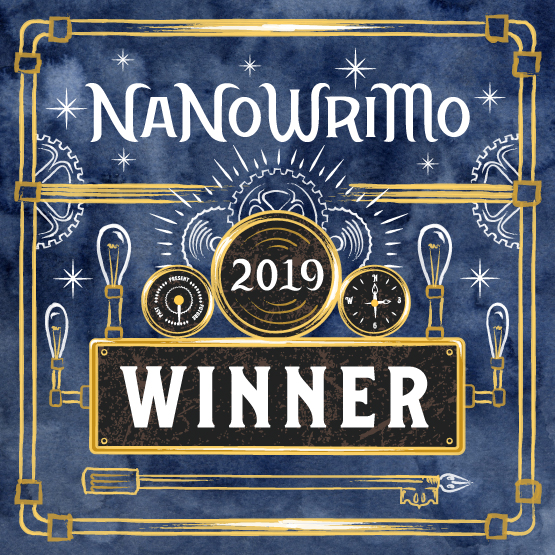Hello to all who have decided to follow along as I post for 21 days straight as part of our church fast. As you can see, each entry is numbered as a particular day, so if you are reading this and the title above doesn’t say Day 1, then you should stop now and go read from Day 1, or take a peek at Day 2 and pick a topic you are interested in. Thanks for being brave enough to join me.
It’s Day 3 of my 21-day post sequence and I know many of you are wondering “is this just some kind of Internet confessional?” and are about to quit reading from either boredom or horror. Bear with me for this post, as it does have a point.
It is time to play some self-imposed “truth or dare”.
Want to know a big, ugly, weird, juicy, truth about me?
Sure you do…
I’m a heart-fluttering-weepy-falling-over-stupid romantic. Yep, I confess, that’s me. It will never, ever come up unless I bring it up, so here it is. Welcome to my hidden thoughts…
I’m a sucker for a good love song (The Cure’s Love Song or Dave Matthew’s You & Me are good examples), a sad break-up song (Liykke Li’s Possibility* and The Cure’s Apart both prime examples), various Nicholas Cage movies (The Family Man, It Could happen To You, City of Angels), some Nicholas Sparks books/movies, and even crazy stupid romances like Twilight (you are free to laugh hysterically at this point, if you didn’t start laughing at “Nicholas Cage”).
People like me love both the romances that make perfect sense and those that don’t. The real question is why are we drawn to contrivances such as impossible romances? Isn’t love and romance hard enough without fighting social norms, ridiculous twists of fate, and death itself? I would wager we (us romantics) have been fascinated with the impossible romances since even before Romeo and Juliet.
Which is why all kinds of people were drawn to Twilight…all three books and four movies. We’re drawn to stories where it seems impossible any peace or equilibrium can be found in a potential relationship. We’re particularly drawn to stories where a huge sacrifice must be made by one or the other romantic partner, or by both of them, to make the romance work. Twilight has this motif in spades. City of Angels also invokes this theme of ultimate sacrifice in pursuit of love. Sometimes it works out great, a la Twilight, sometimes not, as in City of Angels (oops, mini-spoiler).
We like to see the happy couple stay together forever after overcoming such adversity. Sometimes we get that glimpse, sometimes we don’t. It all depends on what idea the story creator wants us to take away from the story. Does the author want us to believe it is better to love deeply for only a brief moment in time after overcoming all odds, or does he want us to finish the story, or movie, with a perfect sense of “all is well” because the main couple fought and overcame <insert terrible adversity here>? Some would argue one is better than the other. I find them equally satisfying, if the author does their job correctly.
When Harry Met Sally is one of my favorite movies of all time. I tell my wife that is “our” movie. Some couples have “their” song…we have “our” movie. The movie is about friends who eventually become lovers, who eventually marry, but along the way fight with every fiber of their being at various times to reach a different goal. The movie falls into the “leave the viewer happy” category, and not just for the main protagonists.
Other movies, like The Notebook, The Family Man, and City of Angels all show the work and/or sacrifice that went into the relationship, but leave the viewer, if not sad, at least a bit melancholy at the end. We see incredible devotion and love displayed by those in the relationship, and we see them happy, for a bit, then the movie shifts and moves on, just like time moves on.
I have to admit that romance as portrayed in books and movies is usually problematic. That’s part of what draw us to them. My favorite book/movie series to pick on, Twilight, has all kinds of problems and has been lambasted by critics for its glaring relationship issues (but I’ve read the entire series at least three times). Books and movies by Nicholas Sparks are so dependent on outlandish twists of fate that we all usually breathe easier because we don’t have to suffer through what his characters experience. But we still indulge in escaping to those fictional landscapes, if only to shake our heads at the characters as they struggle.
We haven’t even touched on one of the the most difficult aspects of most book and movie relationships, that of the “love triangle”, where gut-wrenching, heart-rending decisions have to be made by the characters involved. Sometimes the author will ease us out of that frightful tension with a unicorn-and-rainbow solution (see the Twilight series, from New Moon to Eclipse to Breaking Dawn), but sometimes they will not (see The Notebook and the decidedly unromantic Hunger Games series), and we have to vicariously experience the heartbreak and fallout from someone’s decision. At least it is vicarious, and not real.
Yes, love, romance and relationships are hard enough without crippling diseases, terrible accidents, and <gasp> vampires. Why do we subject ourselves to the fictional heartache? Don’t we have enough hurt to deal with? Maybe, but we get to experience, and then discard (sometimes with effort) the pain and suffering of another, and maybe, just maybe, experience a taste of unrepentant and wildly ridiculous romance without disrupting our real lives. Catharsis is a powerful tool and running ourselves through the wringer of fictional, impossible romance every now and then is probably healthy (but I’m no expert).
So what is the point, you ask? I remember; you were promised a point. The point is that as much as these crazy, impossible, fictional romances may appeal to (some) of us, the greatest, craziest, most possible of impossible love stories is that of our God desiring to be in communion with us, his children. This REAL love story has it all – a complete lack of equilibrium, an unimaginable sacrifice, even a happily-ever-after. It outshines all other love stories ever written. May the love of God wrap you up in complete contentment, or as complete as it can get on this earth, for the duration of the fast and beyond.
Thanks for reading all the way to the end! I sincerely hope it was worth it to you and that you will continue to read along with my fasting journey.
*This song, I believe, was originally written as a break up song, but the sequence of scenes it is used with in New Moon make it even more wrenchingly impactful. I can’t listen to the song without hearing Bella’s desperate screams of emptiness. Stupid romantic…
Photo Credit – Photo by Nick Fewings on Unsplash




